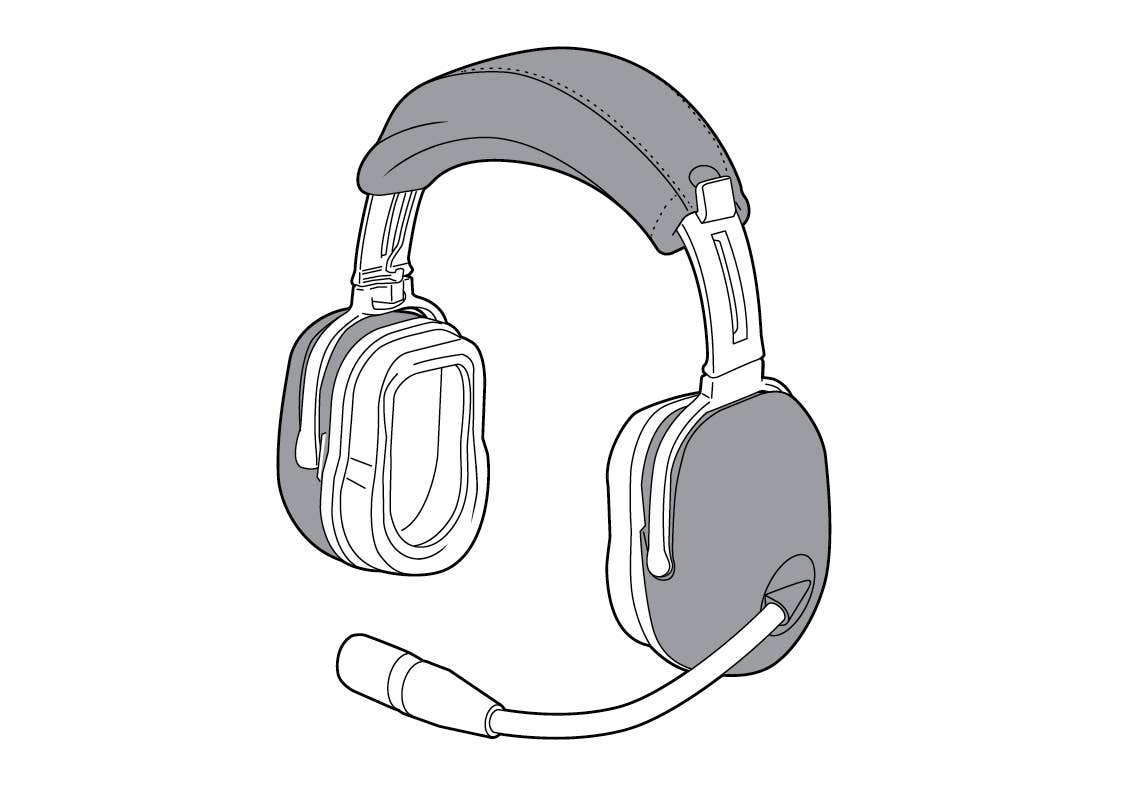
Canceling an IFR plan is not always as simple as just saying the magic words. Illustration by Tim Barker
Every pilot has a plan. But if it’s an IFR flight plan, canceling that plan is not always as simple as just saying the magic words. Here are the points you should consider before canceling IFR.
You may cancel IFR with ATC at any time in VFR conditions below 18,000 feet.
You may cancel with ATC or FSS upon completing a flight (on the ground).
Do not cancel in the air while on approach to a surface-based Class E airport unless the reported weather meets the basic VFR weather requirements of 91.155: visibility — 3 sm; cloud clearance — 500 feet below, 1,000 feet above, 2,000 feet horizontally. 91.155(c): Except as provided in §91.157 [Special VFR], no person may operate an aircraft beneath the ceiling under VFR within the lateral boundaries of controlled airspace designated to the surface for an airport when the ceiling is less than 1,000 feet.
Do not cancel in the air while on approach to an airport in Class B, C, D or E airspace if that airport does not meet the basic VFR weather minimums and cloud separation requirements of 91.155 (unless you receive a Special VFR clearance). Of course, canceling on approach to an airport with an operating control tower is quite simply a senseless (not to mention bizarre) waste of time. Note: A Special VFR clearance is treated almost the same as an IFR clearance as far as separation is concerned. It is not likely to save you or the guy behind you any time. If the reported ceiling is below 1,000 feet or visibility below 3 sm, just wait till you're on the ground to cancel. You never know who might be lurking in the weeds just waiting for a chance to enforce the rules and make your life miserable.
If arriving at an airport with an operating control tower, the flight plan is automatically closed upon landing.
If you fail to cancel your IFR (or VFR) flight plan within 30 minutes of your ETA, search and rescue procedures will be initiated. The sheriff will come looking for you. (Verified from personal experience.)
Additional VFR requirements of OpSpec C077 for Part 135 turbojets and Part 121 aircraft include:
As with any VFR flight, the flight crew must maintain 91.155 VFR cloud clearance applicable to the airspace involved. That means Class B — clear of clouds; Class C, D and E — 500 feet below, 1,000 feet above, 2,000 feet horizontally (when below 10,000 feet MSL). VFR at and above 10,000 feet MSL requires 5 sm visibility and cloud clearance 1,000 feet below, 1,000 feet above, and 1 sm horizontal.
Ceiling and cloud clearance must be as such to allow the flight crew to maintain the minimum altitudes prescribed in 91.129, 91.130 or 91.131, as applicable for the airspace class in which the flight is operated. Generally — for large or turbine-powered aircraft — this means 91.129(e)(1): Unless otherwise required by the applicable distance-from-cloud criteria, each pilot operating a large or turbine-powered airplane must enter the traffic pattern at an altitude of at least 1,500 feet above the elevation of the airport and maintain at least 1,500 feet until further descent is required for a safe landing.
For CONTROLLED airports: The flight must be operated within Class B, C or D airspace, or within 10 miles of the destination airport in Class E airspace, and remain within controlled airspace and in direct communications with ATC.
For UNCONTROLLED airports: The flight crew must be in direct communication with an air/ground communication facility or agent of the certificate holder that provides airport traffic advisories and information pertinent to conditions on and around the landing surface during the terminal phase of flight, and the flight is operated within 10 nm of the destination airport, or visual reference with the landing surface is established and can be maintained throughout the approach and landing.

Subscribe to Our Newsletter
Get the latest FLYING stories delivered directly to your inbox






